Medical imaging refers to the application of various physical signals, including visible light, X-rays, ultrasound, strong magnetic field excitation to the human body for diagnosis or treatment guidance, recording the signal strength distribution fed back by the human body, forming an image provided for the doctor to interpret the human body structure and disease information.
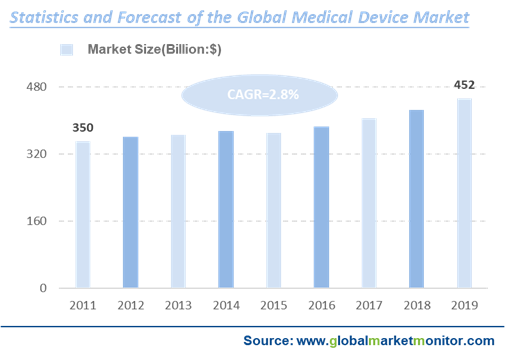
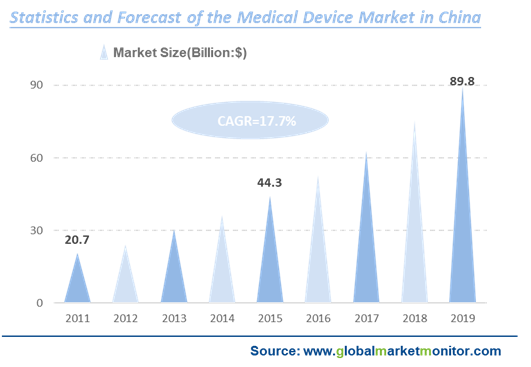
Medical imaging equipment, an important part of the medical device market, is the largest component of China's medical device segment. In the global medical device market, medical imaging ranks third, accounting for 12%. But in China, medical imaging is the largest component, accounting for 16%, which can be estimated that the market size of China's medical imaging equipment industry in 2019 was approximately 14.35 billion US dollars.
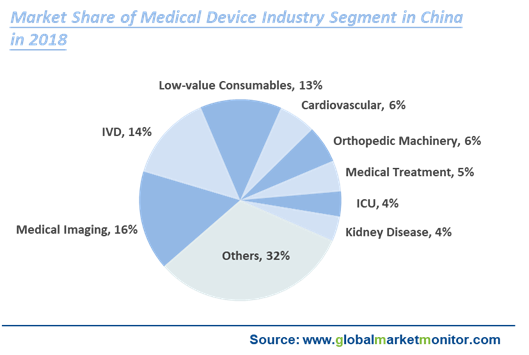
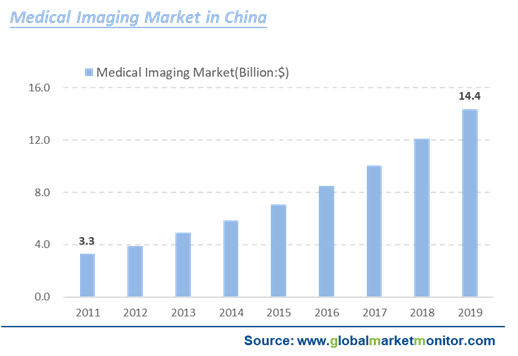
Medical Imaging Industry Chain
The medical imaging industry chain can be subdivided into six links, including raw material production, parts production, core component manufacturing, host manufacturing, system integration, and hospitals, in which the raw materials and parts belong to the upstream, the core components and the host are the midstream, and the system integration and the hospital belong to the downstream. The midstream is the core link of the medical imaging industry chain, and medical imaging equipment is the main body of the industry chain.
Medical imaging diagnostic equipment is a necessary tool for clinical diagnosis, mainly including DR, DSA, CT, MRI, nuclear medicine, ultrasound, and endoscopy, etc.
Enquire before purchasing this report-
https://www.globalmarketmonitor.com/request.php?type=3&rid=586542
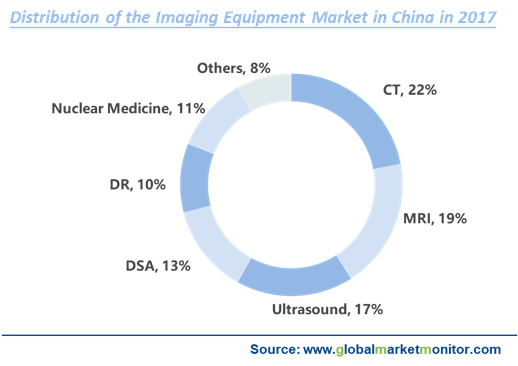
CT Is the Largest Segment of the Domestic Medical Imaging Market
CT, MRI, and ultrasound are the three main markets among various medical imaging equipment, and the medical imaging diagnostic equipment can be divided into six categories, including X imaging, magnetic resonance imaging, ultrasound imaging, nuclear medicine imaging, optical imaging, and thermal imaging. The current mainstream equipment in the market mainly comes from X imaging, magnetic resonance imaging, and ultrasound imaging.
From the perspective of market size, CT, MRI, ultrasound, and endoscopy are the largest segments of the market, all currently exceeding tens of billions. However, in these large-scale medical imaging equipment markets, the overall domestic replacement rate is relatively low, and the mid-to-high-end market is still controlled by imported brands. GE, Siemens, and Philips have long occupied the top three in the market, enjoying more than 50% market share. In relatively low-end and grass-roots markets, products need to be more cost-effective, and GPS has withdrawn from the competition.

The Level of Basic Imaging Equipment Configuration Is at A Low Level
The number of domestic imaging equipment is significantly lower than the international level, and there is plenty of room for increase. Relevant data shows that as of 2017, the number of DR in China is about 55,000, the number of MRI is more than 8,000, and the number of CT is 19,000. In 2019, China's CT inventory is 25,000 units.
Enquire before purchasing this report-
https://www.globalmarketmonitor.com/request.php?type=3&rid=576521
In 2017, the total number of medical and health institutions nationwide reached 987,000, including 31,000 hospitals, including 2,340 third-level hospitals, 1,360 third-class hospitals, 8,422 second-level hospitals, 1,050 first-level hospitals, and 93.3 primary-level medical and health institutions. Among the primary medical and health institutions, there are 35,000 community health service centers and 37,000 township health centers. Only at the hospital level, the inventory of DR, CT, and MRI in each hospital is only 1.8, 0.6, and 0.3. Compared with developed countries such as the United States and Japan, the United States and Japan have 32.2 and 92.6 CTs per million population respectively, while only 14.3 in China. The configuration gap is still large.
The Level of Domestic Imaging Equipment Configuration Is Uneven
According to the “Baseline Survey of Medical Service Capability of China's Second and Third-Level Hospitals”, the results of the survey on the configuration of imaging equipment in a sample of second and third-level hospitals across the country show that the level of imaging equipment configuration in domestic second and third-level hospitals is quite different. The current configuration rates of CT, MRI, and DSA in tertiary hospitals are all above 97%, while the configuration level of secondary hospitals is relatively low, except for the current configuration rate of CT at 96%, but the configuration rates of MRI and DSA are only 41% and 17%, with a lot of room for a complement. In terms of the average number of hospitals, the average number of CT, MRI, and DSA in tertiary hospitals is 2.43, 1.85, and 2.33, respectively. The number of configurations is still low, with some old equipment is. At the same time, relevant statistics show that the average daily CT inspections nationwide is 76 person-times, and MRI daily inspections are 32, which is higher than the value recommended by recognized experts that is 42 CT daily and 24 MRI daily.
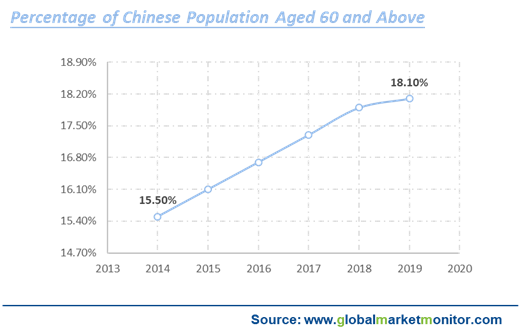
Hierarchical Diagnosis Is A Long-Term Merit, And the Demand for Primary Medical Institutions Increases
The improvement of the service capacity of primary medical institutions has always been an important part of the national medical reform. In recent years, the Health Commission has issued many documents requesting the improvement of the medical service capacity of county hospitals, and the establishment of medical imaging departments is an important part of it.
In September 2018, the National Health Commission and the State Administration of Traditional Chinese Medicine issued a notice, deciding to carry out "high-quality service grassroots activities" across the country, and formulating service capacity standards for township health centers and community health service centers, requesting that the standards be improved Service capacity and improved service quality will promote the upgrading of 37,000 township health centers and 35,000 community health service centers into secondary hospitals.
In 2018, the Health Commission clearly stated in the "Work Plan for Comprehensively Improving the Comprehensive Capability of County-level Hospitals" that by 2020, 500 county hospitals and county TCM hospitals will reach "tertiary hospitals" and " "Three-level Chinese Medicine Hospital" service capability.
The upgrade of primary hospitals is expected to bring more than 500,000 imaging equipment updates, which is good for primary and secondary hospitals as the main domestic brands.
LEARN MORE:
Medical Equipment
https://www.globalmarketmonitor.com/reports/561263-medical-equipments-market-report.html
Medical Imaging Devices
https://www.globalmarketmonitor.com/reports/576521-medical-imaging-devices-market-report.html
Custom Reporting
https://www.globalmarketmonitor.com/request.php?type=9&rid=0
We provide more professional and intelligent market reports to complement your business decisions.